
|
|
|
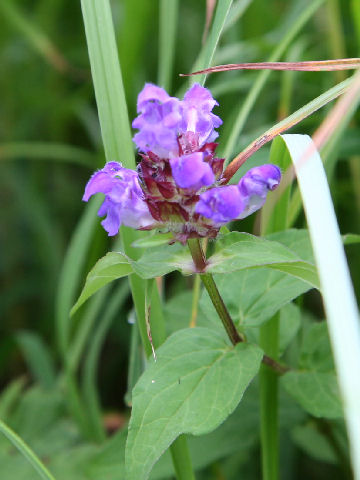 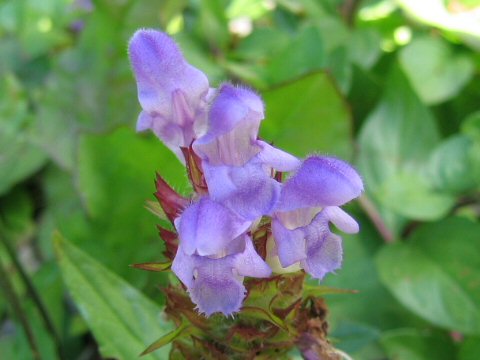 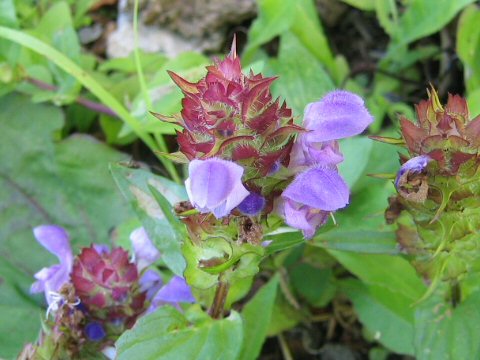 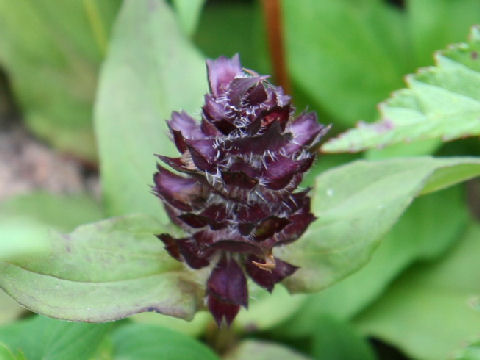 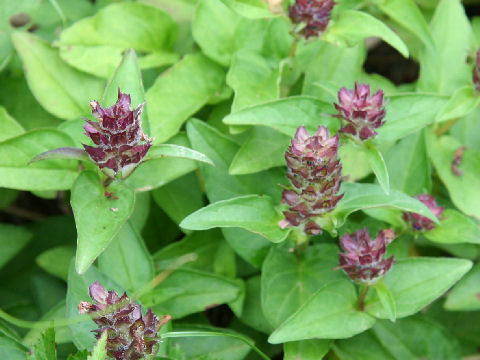 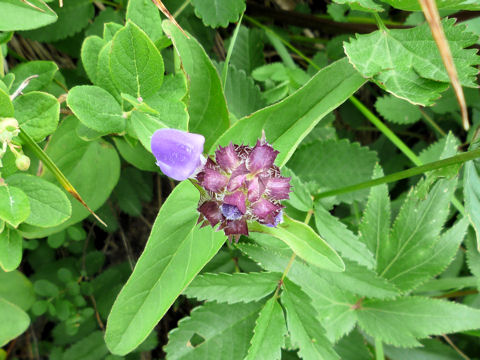 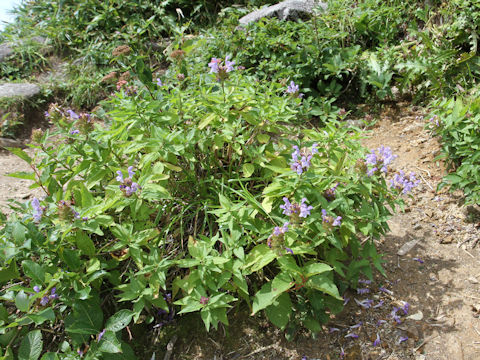 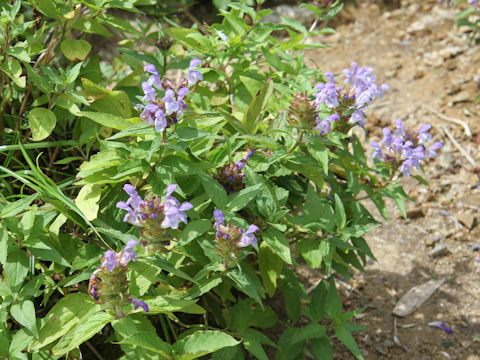 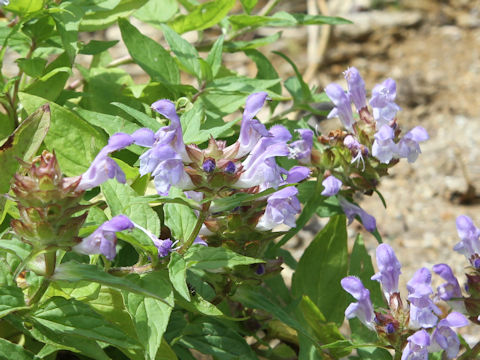 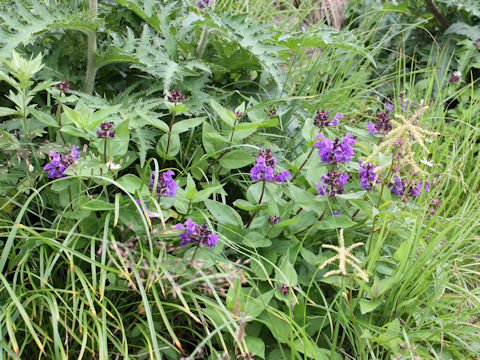 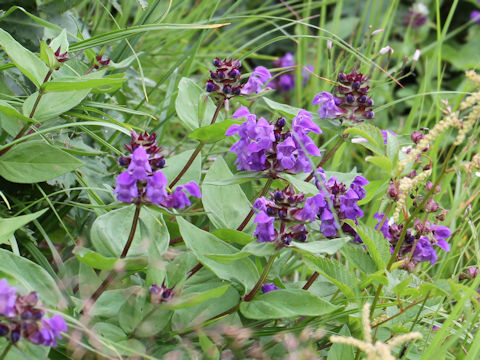 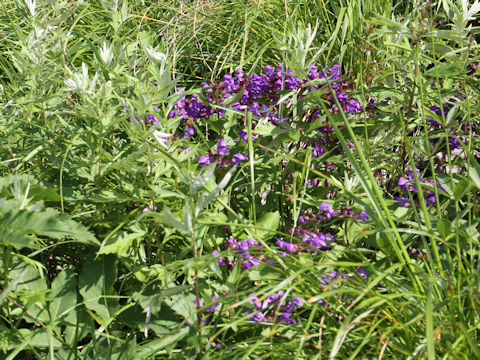 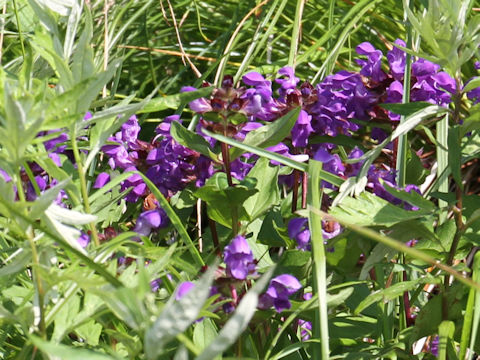 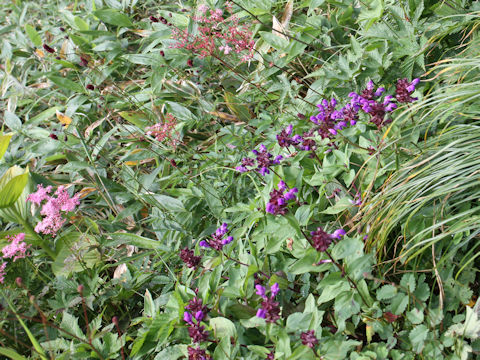 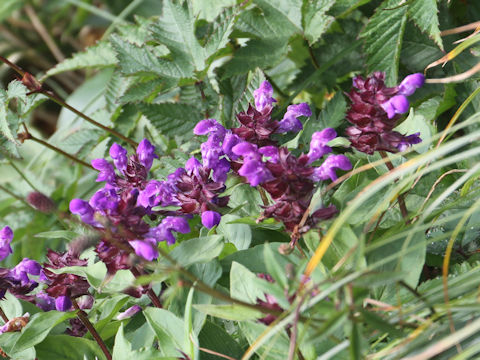 |
|
|
|
íªÌÅLíÅA{BÌnûÈkÌú{C¤ÉªzµÄ¢Ü·BRÑ©çRÑÌnɶ¦A³ÍQO`SOZ`ÉÈèÜ·B½nɶ¦éu¤ÂÚ®³vÆĢܷªASÌÉå«Ät¿ªÙÆñÇÈAsÌî©ço}ðo³È¢ÌªÁ¥Å·BU©çW²ëA`ÌÔÉANâ©ÈFÌO`Ôð穹ܷB |
|
|
V\ÈEc{OT®Ì½NÅAw¼Í Prunella prunelliformisBp¼Í èܹñB |
|
|
The "Tateyama-utsubo-gusa" (Prunella prunelliformis) belongs to Lamiaceae (the Mint family). It is a perennial herb that is endemic to Japan, distributed northward from Chubu district to the Japan Sea side of Honshu. This herb grows in sub-alpine to alpine grasslands and can reach 20-40 cm in height. This herb resembles to Self-heal, thought it is defined that the petioles are little or nothing and the stolons do not put forth at the stem bases. The flowers are bright purple, labiate and bloom on the cylindrical clusters from June to August. |
|
|
[ãER`S] ·ì§nºuªûöªvÉÄA2006N0825úBeB [T] ¯ãÉÄA2008N0809úBeB(photo by Aya Suehiro) [PEQ] Îì§gìJºuZ\RvÉÄA2004N0808úBeB [U`W] Èاß{´suå»vÉÄA2014N0815úBeB [XEPO] ·ì§nºu¼xvÉÄA2016N0730úBeB [PP`PREº] ¯ãÉÄA2016N0731úBeB |

|
|
Shu Suehiro |